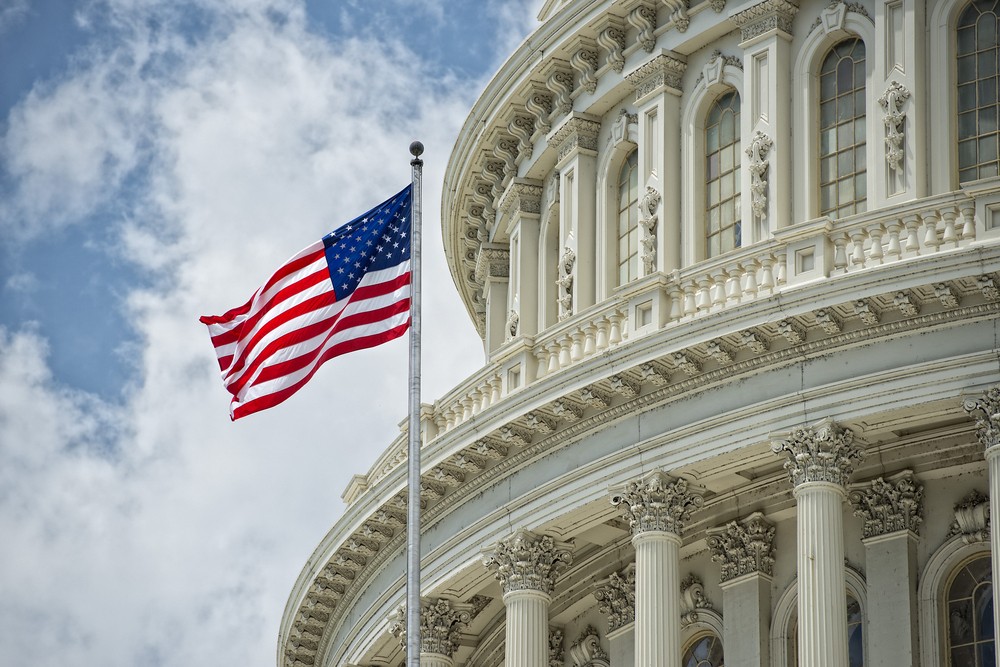The CARES Act Explained
Although the CARES Act’s $2 trillion allocation to the economy has been compared to President Obama’s 2009 American Recovery and Reinvestment Act, the more recent measure should be thought of as a relief effort, rather than economic stimulus. CARES is addressing the immediate fallout in the business world and in peoples’ personal finances, an attempt to cushion the impact of social distancing and the loss of work and business that it entails.
The big picture perspective is that the CARES Act allocates $150 billion to enhance hospital capacity, a $500 billion loan fund for businesses in distress and $150 billion in direct support to state and local governments to help fight the coronavirus epidemic.
On top of that, the government will be cutting checks directly to individuals. The IRS will look at your 2019 tax returns (or 2018 if it can’t find a 2019 filing) and send $1,200 to single filers with adjusted gross income below $75,000; $2,400 to joint filers with AGI below $150,000. The government will add $500 for each dependent under the age of 17. These benefits will phase out at higher income levels (you lose $5 for every $100 in income above the threshold), until they reach zero for a single filer with no children and an adjusted gross income of $99,000. It has been estimated that three-quarters of tax filers will qualify for aid, and that the total amount of all those checks will reach $507 billion.
Some people who did not file a 2018 or 2019 tax return because they earned less than the standard deduction might qualify otherwise; for example, for people who receive Social Security benefits, the government will determine their eligibility for a check based on their Form SSA-1099, Social Security Benefit Statement.
But many others will be left out of the distribution. Individuals without Social Security numbers are also excluded—leaving out Dreamers and families of filers with only Individual Taxpayer Identification Numbers. Dependents over the age of 17 (including cared-for parents and disabled children) are also not eligible for the direct payment.
Some workers will find the CARES Act’s expansion of unemployment insurance more helpful, financially. The Act expands the duration of unemployment insurance benefits by 13 weeks, and increases payments by $600 per week for four months. It makes so-called ‘gig economy’ workers and the self-employed eligible for unemployment benefits for the first time.
Finally, there are some tax provisions which were intended to help individuals weather this financial storm. This year, individuals under age 59 1/2 will be able to take out IRA or other retirement plan funds without the normal 10% penalty that would otherwise apply. If they take a “Coronavirus-Related Distribution,” they will have up to three years to repay that distribution back into the retirement account. Otherwise, taxpayers can elect to spread the income from that Coronavirus-Related Distribution over a three-year period, or include it in their 2020 income.
The CARES Act also declared a moratorium on taking required minimum distributions from IRAs and other plans, and people who took a distribution this year will be allowed to return the money to their tax-deferred account. However, people who inherited IRAs and already took distributions are not eligible to return the money back into the account.
Meanwhile, people who took out Federal student loans will be allowed to suspend payments through September 30, and no interest will accrue on this debt. And all involuntary debt collections are suspended for the same period, including wage garnishment or the reduction of tax refunds.
Finally, participants in Health Savings Accounts, Archer Medical Savings Accounts and Healthcare Flexible Spending Accounts will be allowed to use these assets to buy over-the-counter medications—something that was not permitted before.
There are, of course, a number of other provisions, including credits for small business to encourage them to maintain their payroll, deferral (but not elimination) of the employer match on FICA taxes, and the carryforward rules on net operating losses for corporations (other than REITs). The CARES Act is going to be pored over in detail in the coming weeks and months, but for now, let’s hope that it provides some economic relief during one of the most difficult periods in our financial lives.
About the author
Athena K. Stone has been with Attentive Investment Managers, Inc. since 2003, is an Investment Advisor and the Chief Compliance Officer for the company. Mrs. Stone earned her Chartered Retirement Planning Counselor (CRPC) designation in 2010 from the College for Financial Planning. She received the designation of Accredited Investment Fiduciary (AIF) from Fi360 in 2011. She earned her Bachelor of Arts Degree in Organizational Leadership from Brandman University in 2012 and her Master of Science in Financial Planning and Designation of MPAS (Master Planner Advanced Studies) from the College for Financial Planning in 2018.
By accepting you will be accessing a service provided by a third-party external to https://www.attentiveinv.com/

Comments